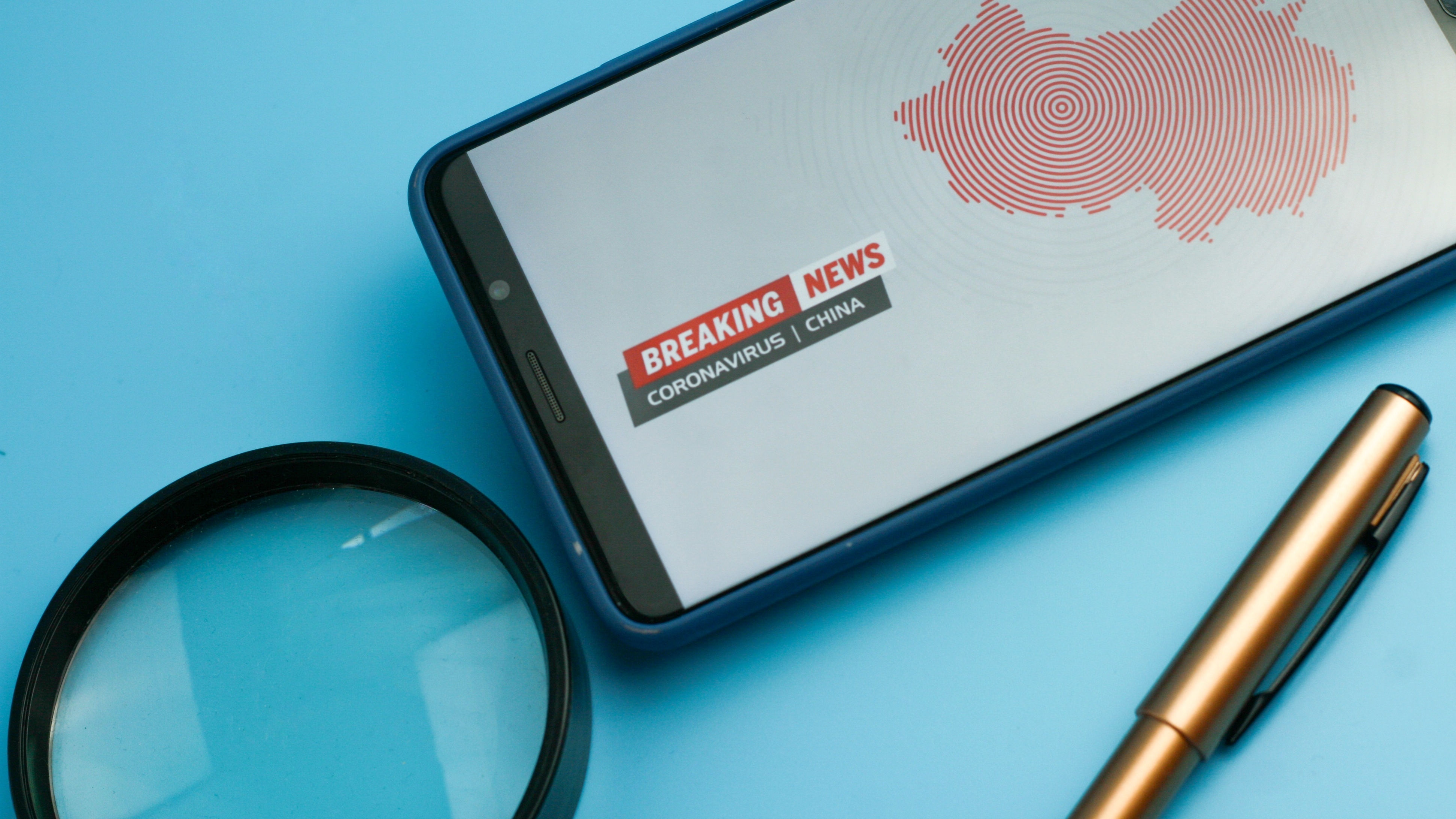In the Wake of Hurricane Katrina: The Recovery Lag – Part 2
In the previous article, we discussed the need to quickly respond to a disruption, and the need to move quickly. The response by the National Guard and the federal and state governments to the incident has been decried by many as a major blunder. What were the machinations behind the delays? On-going investigations are underway – but some of the early clues were discussed in a Wall Street Journal article on Friday September 9 (A16).
“When you fly over the Gulf, it looks like a WMD exploded,” Assistant Secretary of Defense Paul McHale told WSJ reporter Daniel Henninger. “Katrina very nearly approached the operational requirements of a WMD event; this was the first test of the high-end capability envisioned by the strategy.” The “Strategy” in this case is a three-month old document called: “Strategy for Homeland Defense and Civil Support.” It describes the Defense Departments’ plans to defend the US form a WMD attack or deal with the casualties or rubble of an attack. But it also points to the fact that vulnerable states like Louisiana are up to the job of being “first responders” to a WMD attack, or a natural equivalent such as Katrina.
Last week the popular impression was that the government was wholly unprepared for Katrina. This was in fact not the case. Significant U.S. military assistance was on alert throughout the week, prior to Katrina’s landfall. Why did they not move sooner then? This is the point under review at the moment.
According to accounts provided by several sources involved with preparations for Katrina, the Pentagon began tracking the storm when it was still just a number in the ocean on August 23, some five days before landfall in Buras, Louisiana. As the storm approached, senior Pentagon officials told staff to conduct an inventory of resources available should it grow into a hurricane, using a template that DoD used for Florida last year. Defense Secretary Rumsfeld issued an executive order delegating hurricane decision authority to the head of Northern Command, Timothy Keating.
Before the hurricane arrived in New Orleans, Adm. Keating approved the use of bases in Mississippi and Louisiana to position emergency meals and some medical equipment, and eventually six bases were prepared. Keating also sent military officers to Mississippi and Louisiana to set up traditional coordination with their counterparts from FEMA, and ordered the movement of ships into the Gulf. The Pentagon claims that it carried out these preparations without any formal Katrina-related request from FEMA or other authorities. These personnel were on alert a week before the hurricane. McHale claims that “The U.S. military has never deployed a larger, better-resourced civil support capability so rapidly in the history of our country.”
Why then did we witness the horrors that took place? Why didn’t the DoD fly all this help close to New Orleans as it saw Katrina coming? The answer, in military jargon, is that you don’t deploy troops beneath a bombing run; Katrina predictably would have wiped out any help put in her uncertain path, just as she rolled over the Big Easy’s wholly unprotected “first responders.” Also, several federal laws designed to protect state sovereignty from being swept aside by a national police force dictate that a state’s officials, specifically the governor, is supposed to phone the federal government and describe what they need. If asked by Homeland Security, DoD will send in the cavalry, and no sooner.
Unfortunately, the call never came. Investigations will probably reveal that Governor Blanco did not make that crucial early, legally mandated call to the President. But shouldn’t the President have made the decision unilaterally? In fact, the president does have “do-something” authority. The Insurrection Act (used against Governor George Wallace by President Kennedy at the University of Alabama in 1963) allows the use of the National Guard in such situations. But the Posse Comitatus Act of 1878 explicitly forbids using the military in a domestic police function.
The question that remains is whether the threat from madmen and nature is now sufficiently huge in its potential horror and unacceptable loss that we should modify existing jurisdictional authority to give the Pentagon function first-responder status. Perhaps this would go against all forms of states’ rights. However, when decisions rely upon government officials handing over authority while widespread panic and emergency response is demanded for, the situation may change. Hopefully, these issues will come to the forefront of discussions in the next few months. Let’s hope that when the next disruption occurs, the hand-off and recovery response is better deployed.
- Categories:


